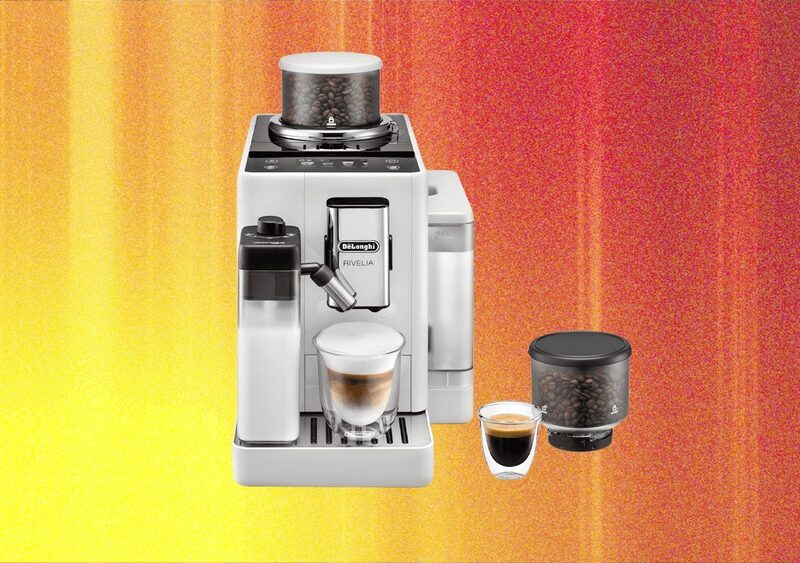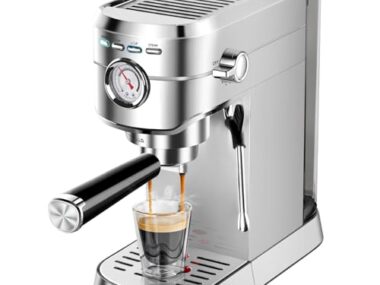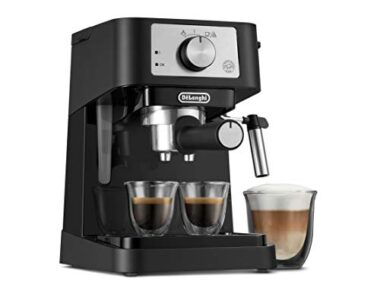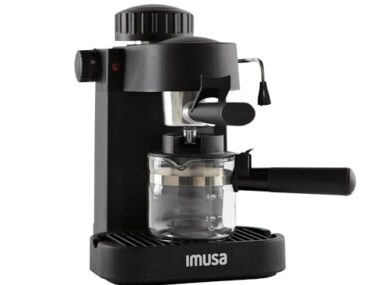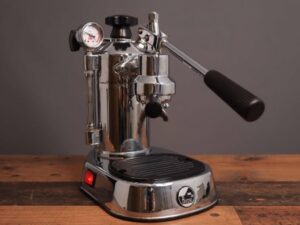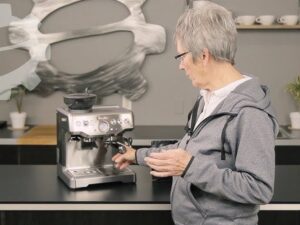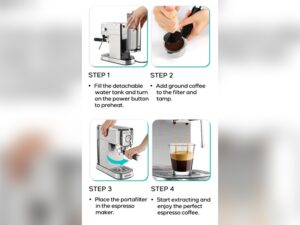You love coffee, and nothing beats a creamy, smooth latte made just the way you like it. But making the best latte at home with your espresso machine might feel tricky.
What if you could turn your kitchen into your favorite café? Imagine waking up to a rich, velvety latte that tastes like it was crafted by a barista. In this guide, you’ll discover simple, step-by-step tips to master your espresso machine and create lattes that impress every time.
Ready to become your own barista and enjoy coffee like never before? Let’s dive in.
Choosing The Right Beans
Choosing the right beans is the first step to making a great latte. The flavor depends a lot on the coffee beans you pick. Freshness and roast level shape the taste and aroma of your drink. Knowing how to select beans helps you enjoy each cup more. Let’s explore how to find the best beans for your espresso machine.
Selecting Fresh Coffee
Fresh coffee beans give the best flavor and aroma. Beans start losing taste soon after roasting. Buy beans that were roasted recently, within two weeks ideally. Check the roast date on the package, not just the expiration date. Store beans in an airtight container away from light and heat. Grind beans just before brewing to keep the flavor strong.
Understanding Roast Levels
Roast level changes the taste and body of coffee. Light roasts have bright, fruity flavors and more acidity. Medium roasts balance acidity and sweetness well. Dark roasts offer a bold, bitter taste with less acidity. For lattes, medium roasts often work best. They blend well with milk without overpowering it. Choose the roast that matches your taste preference.
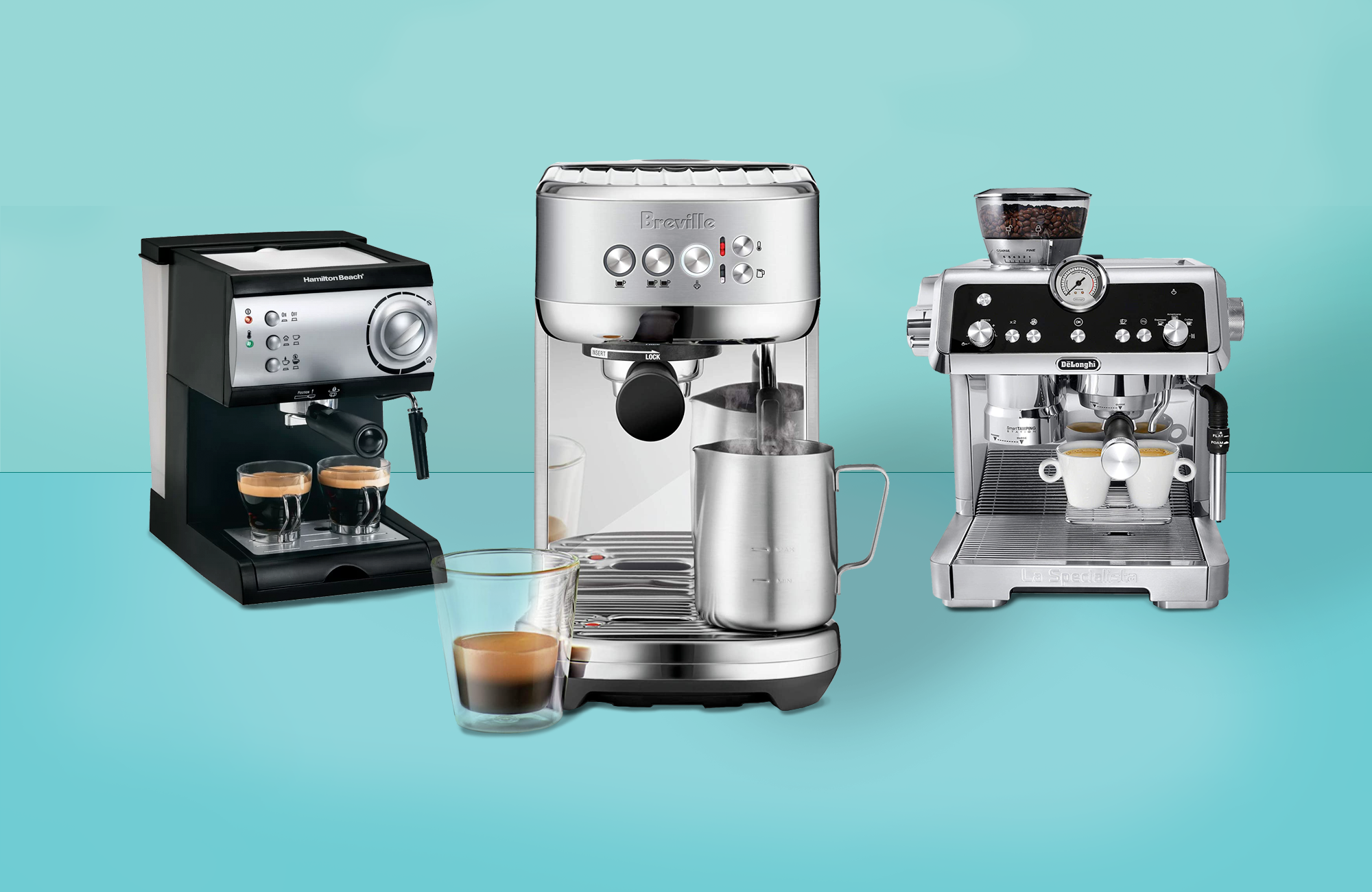
Credit: www.goodhousekeeping.com
Setting Up Your Espresso Machine
Setting up your espresso machine correctly is key to making a great latte. A well-prepared machine ensures the coffee tastes fresh and smooth. It also helps the milk foam perfectly. Small adjustments can make a big difference in flavor and texture.
Cleaning And Maintenance
Clean your espresso machine every day. Remove coffee grounds and wipe the portafilter. Flush the group head to clear old coffee oils. Clean the steam wand after each use to avoid milk buildup. Regular maintenance keeps your machine working well. It also stops bad flavors from developing.
Adjusting Grind Size
Grind size affects espresso flavor and extraction time. Too fine, and the coffee will taste bitter. Too coarse, and the espresso will be weak. Adjust the grinder to get a smooth and balanced shot. Test the grind by timing the shot. Aim for about 25 to 30 seconds per shot.
Tamping Techniques
Tamping packs the coffee grounds evenly in the portafilter. Use a firm and level press with about 30 pounds of pressure. Avoid pressing too hard or unevenly. A good tamp helps water flow evenly through the coffee. This creates a rich and creamy espresso base for your latte.
Pulling The Perfect Espresso Shot
Pulling the perfect espresso shot is the first step to making a great latte. This process extracts the rich flavors and creates a strong base for your drink. Small details affect the taste and texture. Understanding how to control time, volume, and pressure leads to a smooth, balanced espresso.
Optimal Extraction Time
The best espresso shot takes about 25 to 30 seconds to extract. This time allows hot water to pass through the coffee grounds and collect oils and flavors. Too short a time means weak coffee. Too long can cause bitter taste. Watch the clock closely to hit this sweet spot.
Shot Volume And Pressure
Use about 1 to 2 ounces of espresso for a standard shot. The water pressure should stay around 9 bars. This pressure forces water through the coffee evenly. Too much pressure makes the shot bitter. Too little pressure creates a weak and sour taste. Adjust your machine to keep these numbers steady.
Steaming Milk Like A Pro
Steaming milk is a key step in making a great latte. It changes plain milk into creamy, smooth foam. This foam adds texture and flavor to your coffee. Learning to steam milk well makes your latte taste better and look more professional.
Choosing The Right Milk
Milk type affects the foam and flavor. Whole milk creates rich, creamy foam. Skim milk makes lighter, airier foam but less creamy. Plant-based milks like oat or almond also work. They give different textures and tastes. Try a few to find your favorite.
Creating Microfoam
Microfoam is tiny, smooth bubbles in the milk. It looks shiny and feels silky. To make it, keep the steam wand near the surface. Let air mix gently with milk. Then move the wand deeper to heat milk evenly. Avoid big bubbles or loud hissing sounds.
Temperature Control
Milk should be hot but not burnt. Aim for 140°F to 150°F (60°C to 65°C). Use a thermometer or feel the pitcher’s side. It should be warm but safe to touch briefly. Overheating breaks down proteins and tastes bad. Good temperature keeps foam smooth and sweet.
Combining Espresso And Milk
Combining espresso and milk is the heart of making a great latte. The espresso gives a strong, rich flavor. The milk adds smoothness and creaminess. Balancing these two creates a perfect cup.
The way you pour the milk into espresso changes the taste and look. Pouring slowly or quickly changes the texture. This step needs care to get the best flavor and appearance.
Pouring Techniques
Start with fresh, steamed milk. Hold the cup at a slight angle. Pour the milk slowly into the espresso. Aim for the center of the cup first.
As the cup fills, bring the pitcher closer to the surface. Pour faster and move the pitcher in small circles. This helps mix the milk and espresso well. Stop pouring when the cup is almost full.
Achieving Latte Art
Latte art makes your coffee look nice and fun. To do this, pour steamed milk steadily. Keep the pitcher close to the surface of the coffee.
Move the pitcher gently to create shapes. Common designs are hearts, rosettas, or simple leaves. Practice helps you improve your pouring control and art.
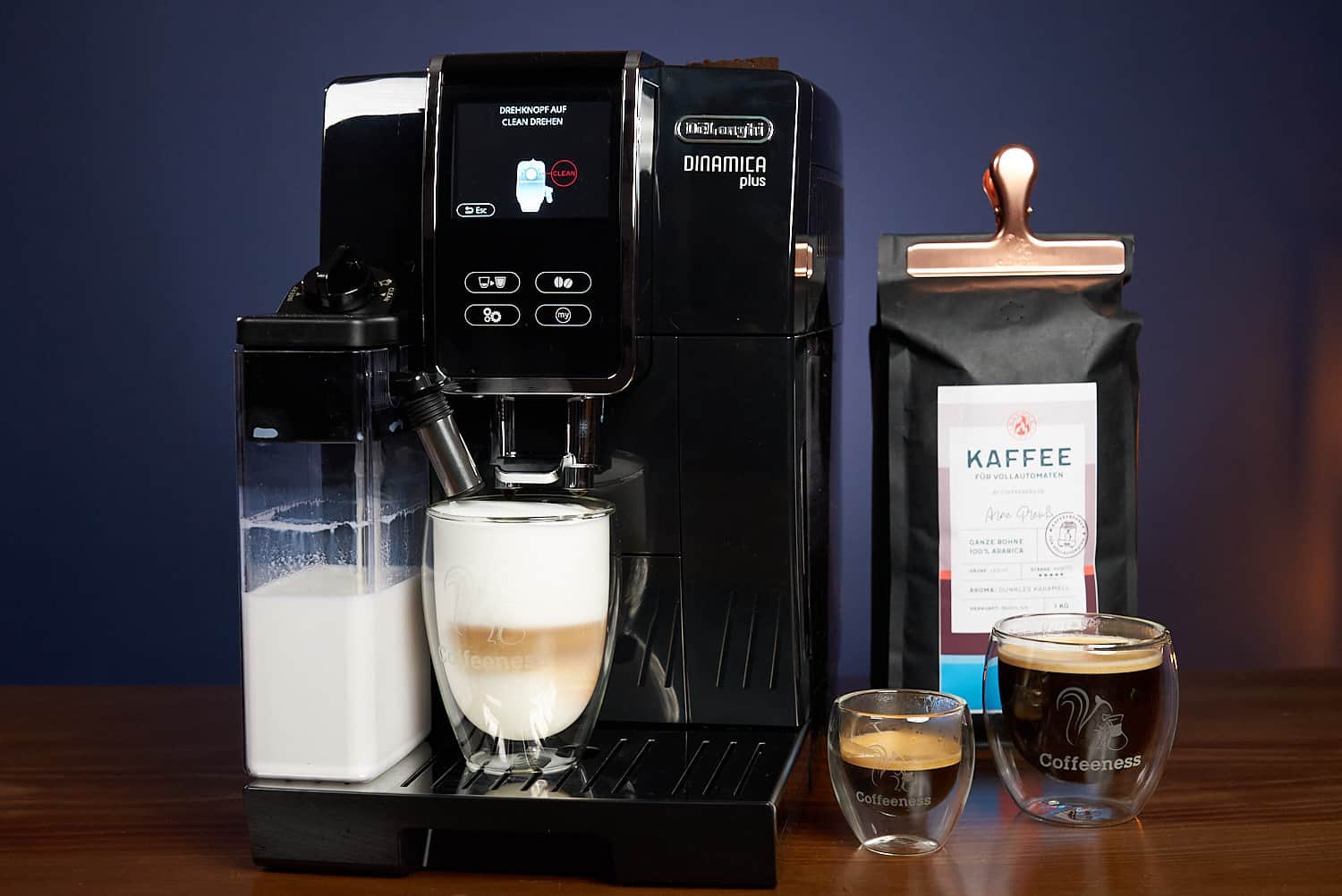
Credit: www.coffeeness.de
Troubleshooting Common Issues
Troubleshooting common problems helps you improve your latte-making skills. Small issues can ruin taste and texture. Fixing these problems saves time and ingredients. Here are simple solutions for frequent issues with espresso machines.
Fixing Bitter Or Sour Taste
Bitter coffee often means over-extraction. Try using less water or a coarser grind. Sour taste means under-extraction. Use finer grounds or increase brewing time. Also, check if the coffee is fresh. Old beans can affect flavor badly.
Dealing With Flat Milk
Flat milk lacks creamy foam. Make sure your milk is cold before steaming. Avoid overheating; stop steaming at about 150°F (65°C). Use whole milk for better foam. Clean the steam wand regularly to prevent clogging.
Espresso Shots That Are Too Weak Or Strong
Weak shots need more coffee or a finer grind. Use about 18-20 grams of coffee for a double shot. Strong shots may use too much coffee or too fine a grind. Adjust grind size and coffee amount for balance. Check your machine’s pressure settings too.
Enhancing Your Latte Experience
Enhancing your latte experience makes every cup special. Small changes bring big joy. You can enjoy your latte just the way you like it. Try simple ways to add flavor and style to your drink.
These tips help you create a coffee moment that feels personal and rich. Enjoy the process of making your latte more delicious and fun.
Adding Flavors And Syrups
Flavors change the taste of your latte quickly. Vanilla, caramel, or hazelnut syrups are popular choices. Use one or mix a few for a unique taste. Add syrup before steaming milk to blend well. Try cinnamon or nutmeg powder for a warm touch. Use natural extracts like almond or peppermint for variety. Keep syrup amounts small to avoid overpowering the coffee.
Serving Tips
Serve your latte in a warm cup to keep it hot longer. Choose cups that hold 8 to 12 ounces for the best size. Use latte art to make the drink look inviting. A simple heart or leaf shape adds charm. Place a small spoon or napkin nearby. It makes stirring easy and keeps things tidy. Serve with a glass of water to refresh the palate.

Credit: bigcupofcoffee.com
Frequently Asked Questions
What Type Of Espresso Machine Is Best For Lattes?
A machine with a steam wand and good pressure is ideal. Semi-automatic or automatic espresso machines work well for consistent lattes. Look for models that allow temperature and steam control to create perfect milk froth.
How Do I Steam Milk For A Creamy Latte?
Use cold milk and a clean steam wand. Submerge the wand just below the milk surface, creating microfoam by introducing air gently. Heat milk to about 150°F for the best creamy texture without burning.
What Coffee Grind Size Works Best For Espresso?
A fine grind size is essential for espresso. It allows proper extraction and a rich flavor. Use a burr grinder for consistency. Adjust grind size slightly based on your machine for optimal taste.
How Much Espresso Is Needed For A Latte?
Typically, one or two shots of espresso (30-60 ml) are used. This provides a strong coffee base without overpowering the milk. Adjust shots according to personal taste and cup size.
Conclusion
Making a great latte with an espresso machine takes practice and patience. Start with fresh coffee beans and clean water. Pay attention to the milk texture and pouring technique. Small steps make a big difference in taste and look. Keep trying until you find what works best for you.
Enjoy every sip of your homemade latte. Simple tools can create a cozy coffee moment at home. Give it a shot, and have fun with it!
